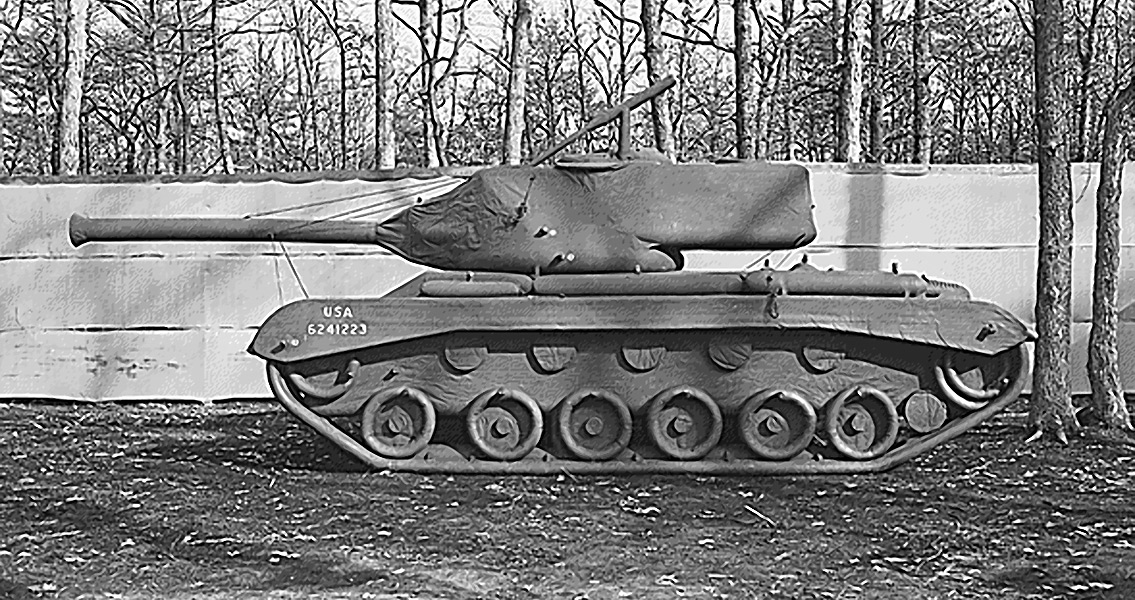<![CDATA[It's one of the most fascinating but little known stories of the Second World War. At a crucial stage in the conflict, the USA deployed a 'Ghost Army' on the Western Front with startling success, duping Nazi intelligence and playing a key role in securing the Allied victory in western Europe. The 23rd Headquarters Elite Troops, to give the Ghost Army its official designation, was an elite military unit like no other. The force's specialty was 'tactical deception'; its mission to win battles by misleading rather than killing the enemy. Their endeavors were a literal "theatre of war"; staging massive US military presences in areas where there was none, using illusions and disinformation to make the enemy overestimate the Allied threat. Professionals from creative industries made up the bulk of the 1,100 strong unit, including illustrators, sound technicians, set designers and actors. Many of them would go on to achieve significant fame and acclaim after the war, but their work as part of the Ghost Army would remain secret until the 1980s when Arthur Shillstone, an illustrator and member of the division, went public with their story. Members included Art Kane; a pioneering fashion and music photographer, Bill Blass; a renowned fashion designer, and Ellsworth Kelly; a famous sculptor and painter. The unit was recruited from art schools and advertising agencies, their artistry, creativity and innovation would be their contribution to the war effort. Just two weeks after the Normandy Landings the Ghost Army were thrown into action for the first time. In total they would perform 20 successful missions in France and Germany, often carrying out their elaborate deceptions in the face of danger, just a few hundred yards from the front lines. By staging a fake military presence in key areas they confined and confused Hitler's forces, preventing counter-attacks against the Allied advance. The unit's successes were pivotal in clearing the path for the US Ninth Army to cross the Rhine into Germany, a crucial turning point in the war. Historians suggest that the illusions carried out by the 23rd Headquarters Elite Troops led to the Axis forces overestimating the size of the Allies' by up to 30,000 men. The sheer attention to detail and cunning in the Ghost Army's illusions was remarkable. Inflatable tanks and aircraft were deployed in forests with insignias of real units, obscuring the real position of Allied forces. Massive sound systems blared out meticulously designed soundscapes, each one customised to accurately reflect the acoustic properties of troop movements in the relevant terrain. Away from the front lines, members of the Ghost Army would go into French cafes, dressed in the uniforms of troops from other divisions and units, hoping that spies would overhear and report inaccurate information. Others dressed as senior Allied staff, creating further ambiguity and confusion as to the real location and strength of the Allied forces. Convoys of just a few canvas covered trucks would carry out constant loops on the same stretch of road, a simple technique which yet again made it exceedingly difficult for the Axis to accurately determine the location and numbers of Allied troops. Voice actors took to the airwaves, mimicking the voices of Allied radio operators. It meant whole divisions of troops could leave an area, but the presence of a familiar voice in radio messages led enemy intelligence to believe they hadn't moved. Until 1996, the unit was the subject of US military secrecy laws, the full details of the Ghost Army's incredible story only coming to light some forty years after the end of the Second World War. ]]>
The Ghost Army that Helped Bring Down Hitler
